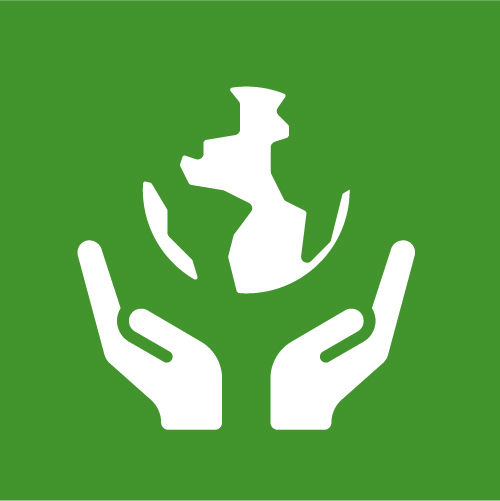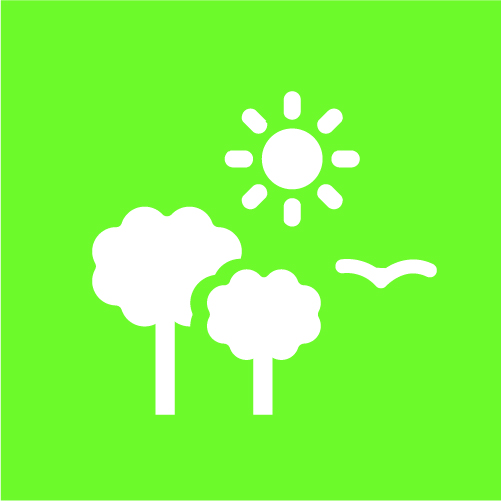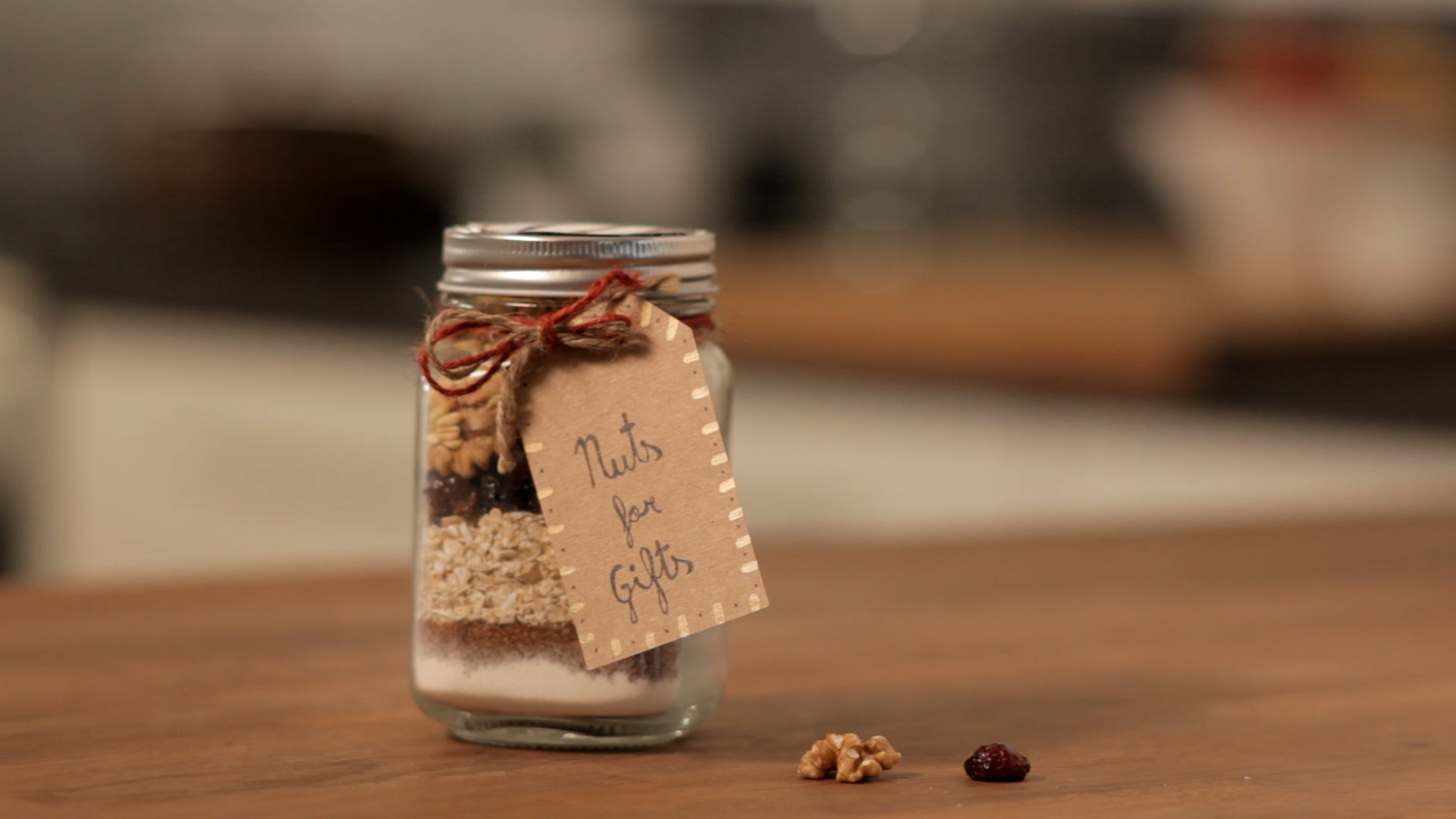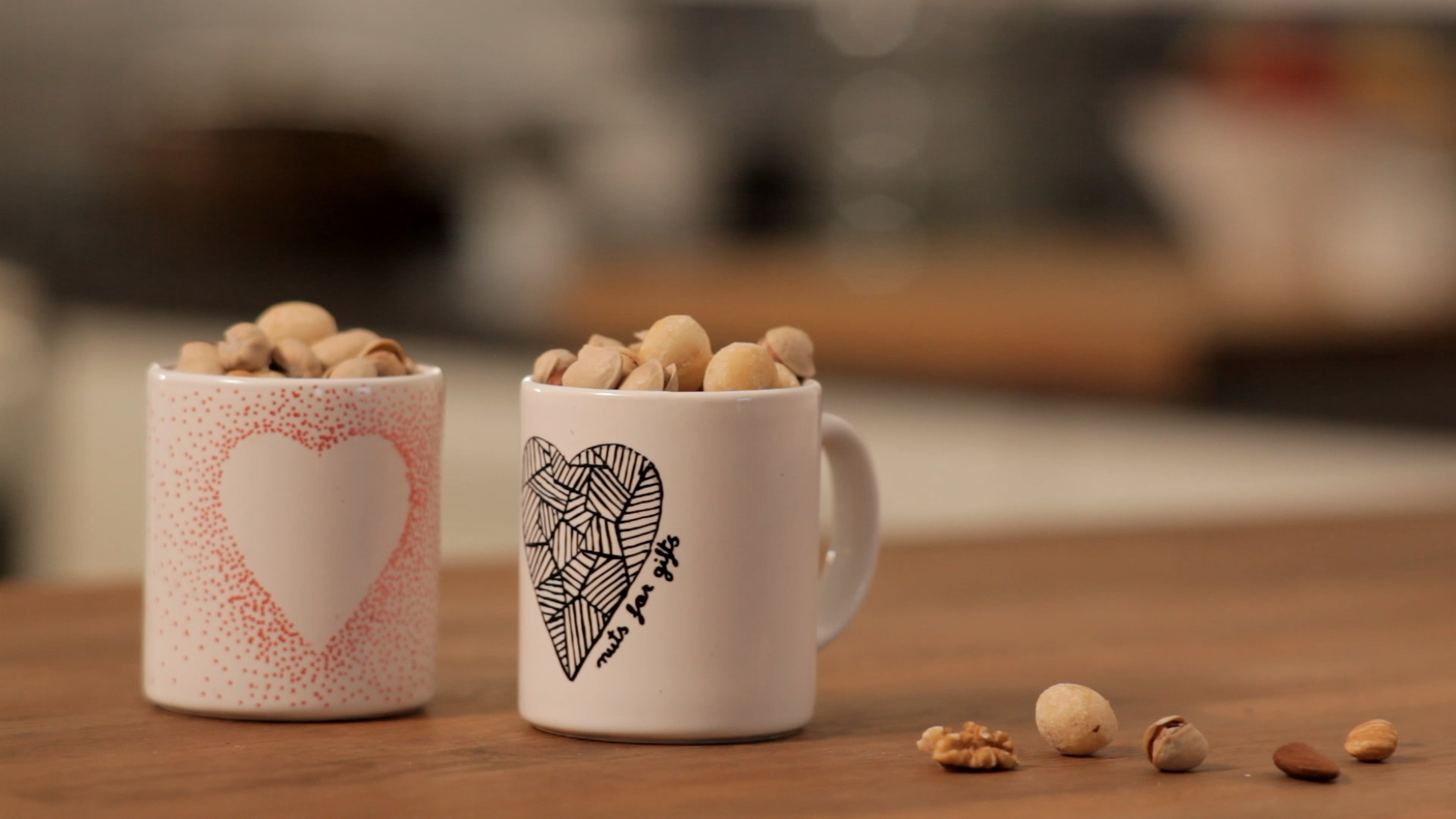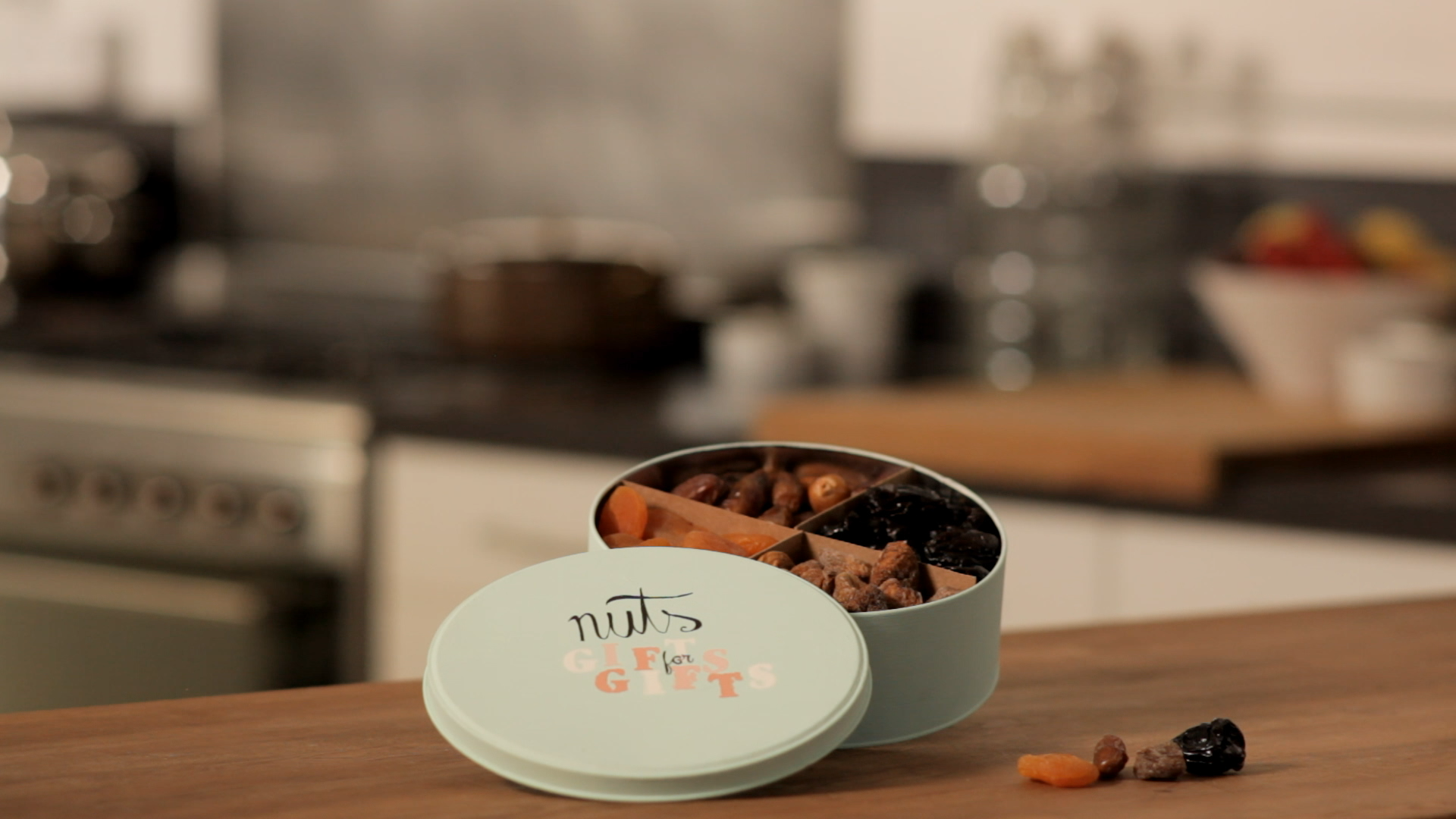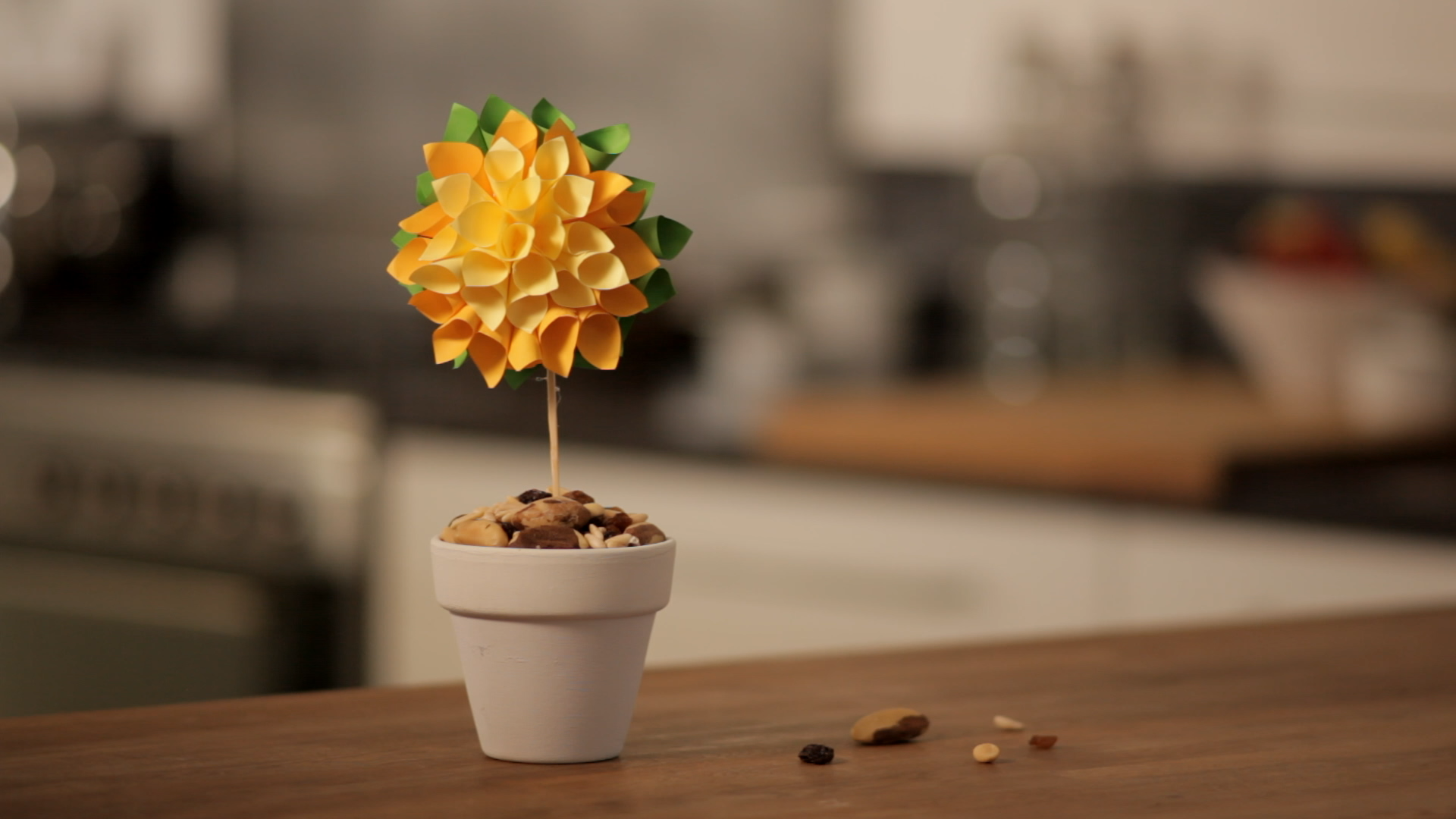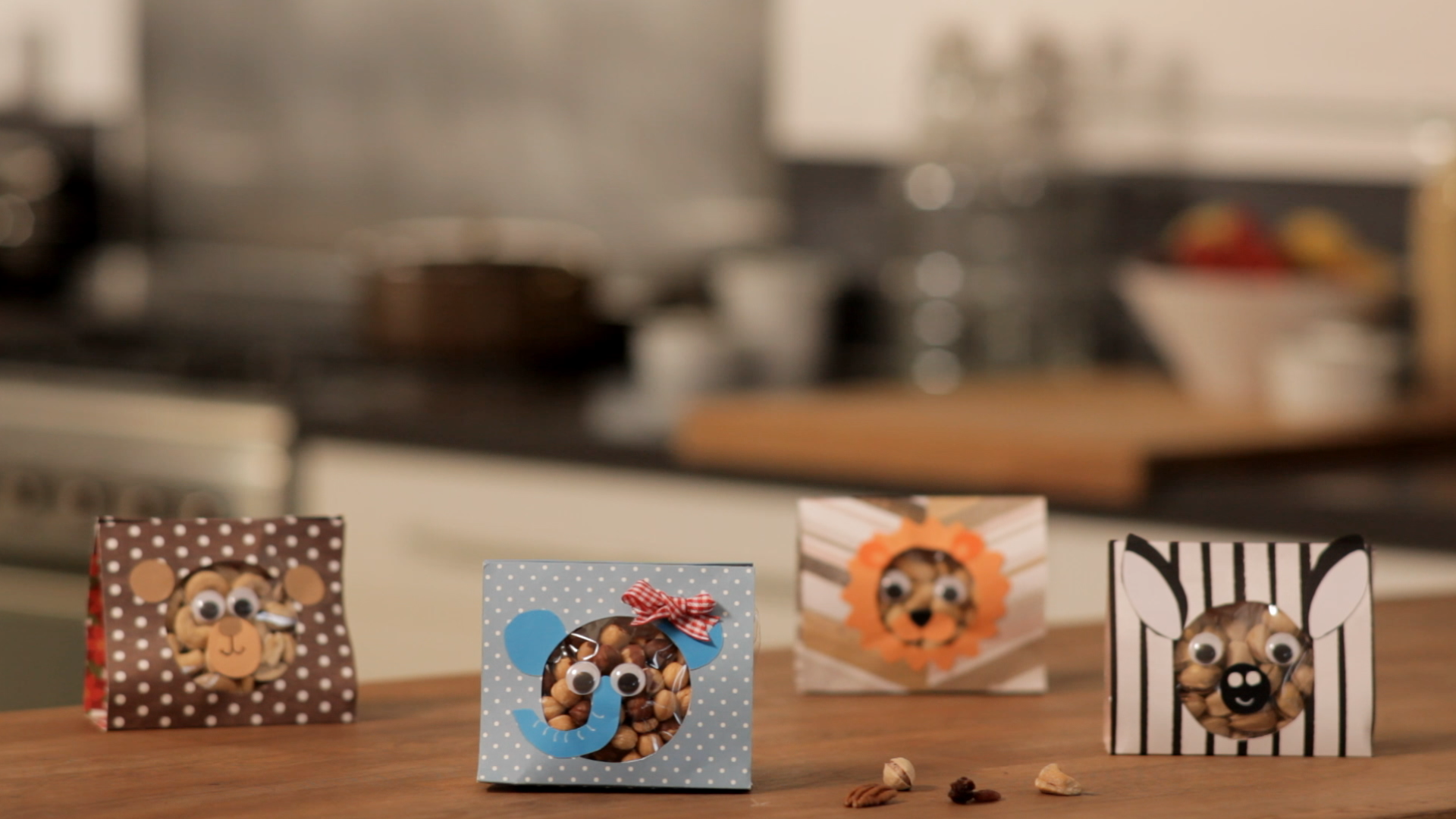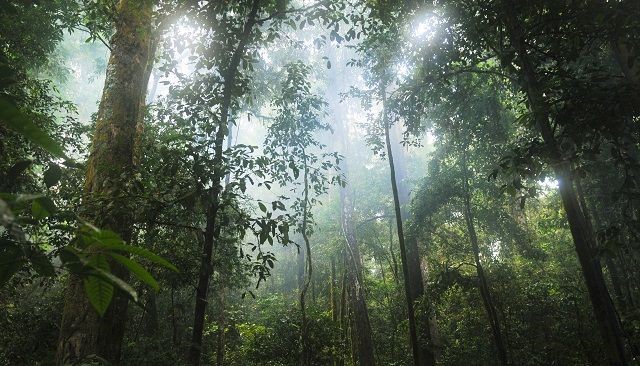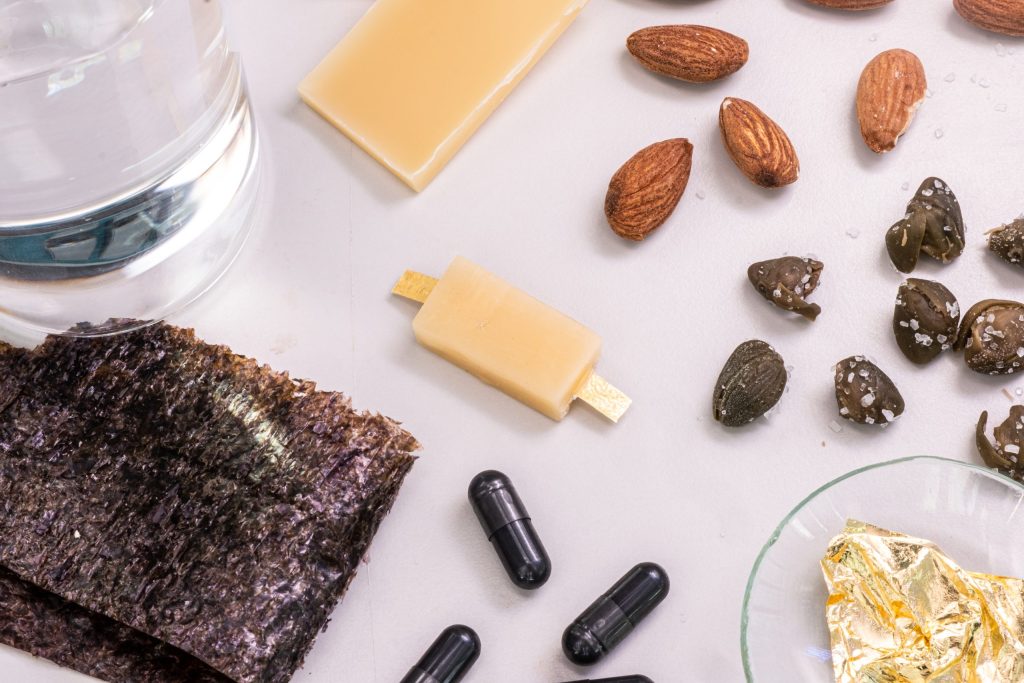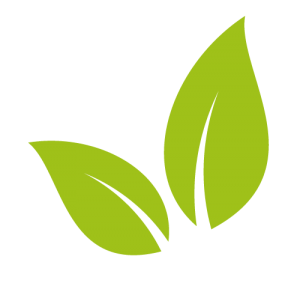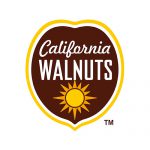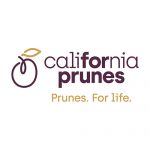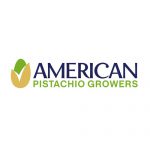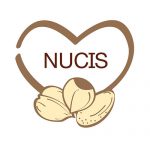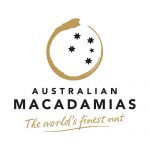Nuts and Dried Fruits Are Good for Us and Good for the Planet
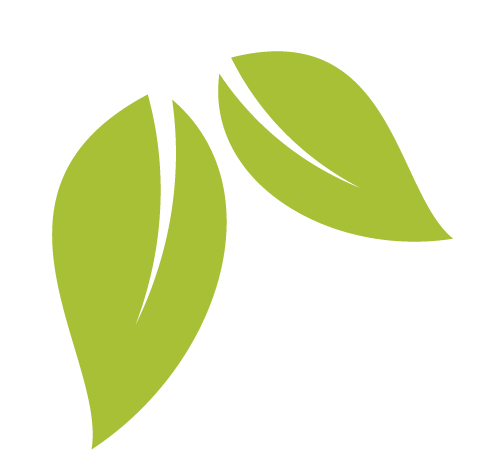
HOw Nuts and dried fruits can help
In 2015, the UN established a total of 17 Sustainable Development Goals (SDG) to be achieved by 2030. Food and agriculture can help achieve multiple SDG, especially those related to poverty, nutrition, economic growth and tht environment. Here at NUtfruit we’ve identified the 5 SDGs the nut and dried fruit sector can have an impact on.
Did you know that there are some ways that the nut and dried fruit
industry can have an impact on sustainability
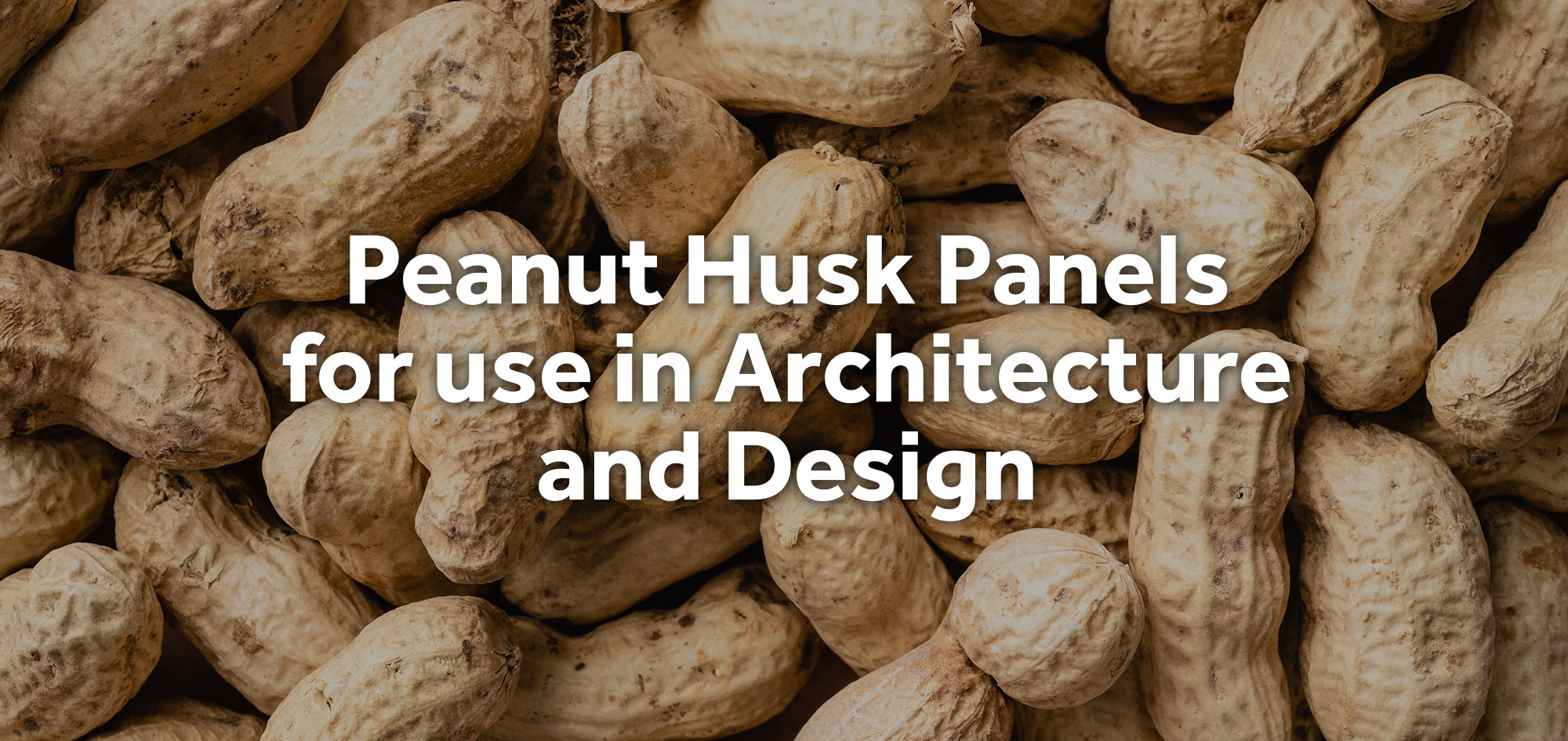

NUTS FOR Gifts
Sustainability Tips
More From Sustainability
DID YOU KNOW?
The almond tree fruit has 3 parts the hull, the shell and the kernel and, each part is used for different purposes. Almond hulls, for instance, are primarily used as livestock feed, while almond shells are used for livestock bedding. And the kernel, for eating of course!
Did you know?
The Brazil nut is the most economically important plant product that is harvested sustainably in the Amazonian rain forest. Close to 70% of the world’s supply comes from the Pando region, an area that only represents 3% of the Amazon forest.
true or false
Did you know?
The cashew nut hangs outside and under a fleshy, edible, false fruit called the cashew apple (aka Marañón in Central America). Once riped, the cashew apple (which can be apple or pear-shaped) can be yellow, red, orange, or pink colored. The apple can be eaten fresh or made into juice and can be distilled to produce alcoholic drinks.
DID YOU KNOW?
The almond tree fruit has 3 parts the hull, the shell and the kernel and, each part is used for different purposes. Almond hulls, for instance, are primarily used as livestock feed, while almond shells are used for livestock bedding. And the kernel, for eating of course!
Did you know?
The cashew nut hangs outside and under a fleshy, edible, false fruit called the cashew apple (aka Marañón in Central America). Once riped, the cashew apple (which can be apple or pear-shaped) can be yellow, red, orange, or pink colored. The apple can be eaten fresh or made into juice and can be distilled to produce alcoholic drinks.



